Jul 14, 2025
Author:Jackson Watson
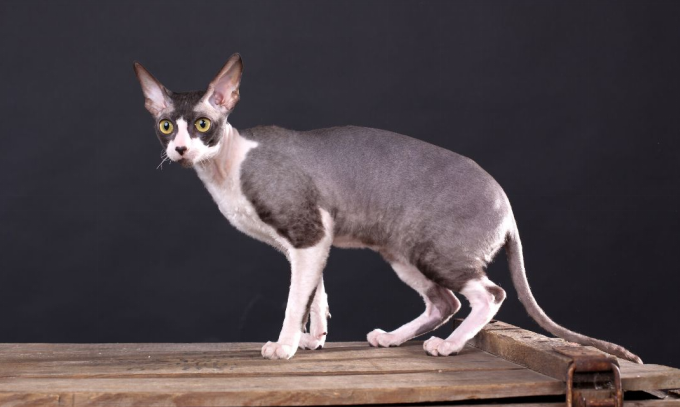
Hairless? Doesn’t guarantee much. Short fur? Still not the full story. Cornish Rex cats get tagged as allergy-friendly—but how real is that claim? The truth is, it’s not a straight yes or no. It depends on what actually causes allergic reactions, how this breed’s funky coat behaves, and what it’s like to share space with one when allergies are part of the deal.
This piece? It cuts through the noise. Here's what's getting covered:
● Why some folks swear they’re better for allergies
● What that soft, weird coat actually does (or doesn’t do)
● What Fel d 1 is doing behind the scenes
● What day-to-day look like if you live with one
● Where smart tools—like WOpet—make a difference
Let’s stop guessing and start sorting what’s real from what’s wishful thinking.
Cornish Rex cats? Yeah, they’ve got a reputation. But not because of what’s on them—more about what’s missing. Most cats come with a three-layer coat. These guys? One. No guard hairs, no fuzzy middle layer, just that soft, plush down. Which means? Less fluff flying around your house. Less stuff sticking to the couch. Less mess.
But it’s not all about fur. The actual problem? It’s a protein. Found in skin. Saliva. Urine. Fur’s just the ride—it carries that stuff where it doesn’t belong. Less fur? Fewer delivery routes. That’s the reason some folks react less around them. Not because they’re magic.
And those tight curls? They hold things in. Fewer airborne bits floating into your lungs or eyes. That doesn't mean you're in the clear—but it explains the easier to live with label. There's more going on under the hood, though.
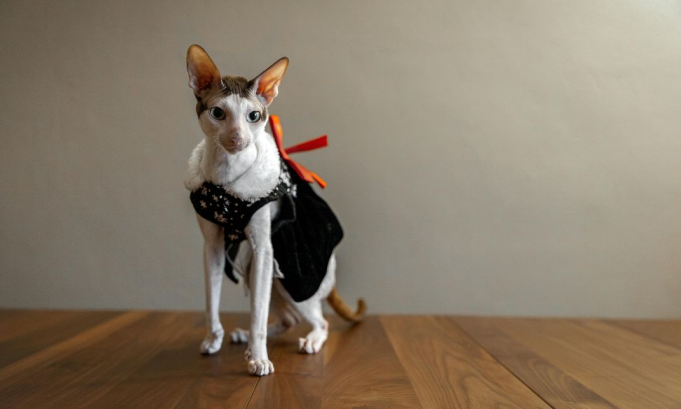
Fel d 1. If you’re reacting to cats, odds are that’s the one messing you up. It's not a big flashy thing—it’s a tiny glycoprotein, almost invisible, but it’s got reach. Comes from the sebaceous glands mostly, but you’ll also find it in saliva, tear ducts, and yep, even anal glands. Grooming spreads it fast. Dander picks it up. From there? Game over—it’s in the air.
This stuff binds to everything. Dust, fabric, air filters, your favorite hoodie. It doesn’t drop like pet hair—it floats. HVAC pulls it through the house. Upholstery keeps it alive. You're still breathing it long after the cat’s out of the room.
And once it hits a sensitized immune system? IgE antibodies light up like fireworks. Cue the classics:
● Watery eyes, clogged sinuses, sneezing fits
● Itchy rashes, random skin flares
● Tight chest, wheezing, sometimes full-on asthma
Even low levels hit hard if you're sensitive. It’s clingy. Doesn’t break down easily. You can reduce it—wash more, filter better—but don’t expect it to vanish.
Other allergens exist—Fel d 4, Fel d 7—but this one’s the main player. That’s why even a breed like the Cornish Rex, with less fur, still requires real allergy management. You’re not dodging it. You’re managing contact, airflow, and surfaces. And that takes systems.
Cornish Rex fur is a mutation. No, literally—a natural genetic tweak left them with one coat layer. No guard. No awn. Just the undercoat. That soft wave? It lies flat and sticks close to the body. Less volume. Less puff.
Which means what exactly? Here’s the key: less fur equals less airborne protein movement. You don’t get those clouds of fur drifting off during grooming. You don’t see tumbleweeds of dander. That changes the whole game inside your house.
Now, the way the coat curls? That matters. Curled hair traps more than it sheds. So Fel d 1 gets caught before it lifts off. Airborne spread slows down. Is it gone? No. But it’s not blowing into every corner of the room either.
Follicle density plays a role, too. Fewer guard hairs mean fewer natural sheds. The hairs hang on longer, so allergen-coated strands don’t break off as often. Pair that with regular bathing, and you’ve got a solid system for cutting spread down to a tolerable level, at least for some people.
Still, the coat isn’t where the allergen comes from. It’s the messenger. And in this case? The messenger doesn’t run as fast.
Allergies don’t take days off. So, if you’re living with a Cornish Rex and your immune system hates cats? You’re gonna need a plan. Low-shedding helps—but it won’t save you on its own.
● Fel d 1 doesn’t care about fur length. You’ve got to groom often, or it builds up.
● That exposed skin? It rubs off protein. Contact = transfer.
● Regular baths matter—every week or so. Not optional if you’re reactive.
● Get a HEPA filter running in any room the cat touches.
● Fabric traps allergens. Wash everything. A lot.
● Ditch the rugs if you can. Hard floors win this fight every time.
● Pet the cat? Change your shirt. Seriously.
● Don’t touch your face after. Don’t sleep on cat clothes.
● Some folks keep the cat out of bedrooms entirely. Helps.
This breed gives you a head start—less fur, less mess—but it’s not zero-maintenance. No breed is. You're building a system. And that system? It runs on consistency.
Managing allergens isn’t just about brushing and mopping. It’s about cutting down the touchpoints. That’s where WOpet comes in—not as a workaround, but as part of the strategy.
● Less Mess, More Control: Smart feeders handle the routine. Set schedules, keep meals contained, and skip the extra handling. Less food mess equals less saliva spread. And less licking equals less protein on the fur. That helps.
● Eyes On, Hands Off: With built-in cameras and two-way audio, you can check on your cat or talk to them, without needing to pick them up. You stay connected without stirring up dander. That’s useful.
● Track Clean Water, Flag the Gunk: Filtered water keeps skin and fur healthier. The app pings you when filters need changing—no guessing. That helps control flakes and surface buildup before they go airborne.
● Routines, Synced: Everything ties back to the WOpet Life app. Feeding, hydration, and s. You can time your cleanups to your cat’s activity. Keep the environment calm. Keep the allergen load down. It’s not flashy, but it works.
What WOpet really offers is structure. Structure means fewer surprises. And when you’re allergy-prone? Predictable beats perfect.
Cornish Rex cats won’t magically make allergies vanish. But they give you something to work with. A lower shed coat. Less allergen movement. And a build that makes cleanup easier—if you stick to it. We broke down how Fel d 1 spreads, why the coat structure helps, and what kind of habits actually keep things under control. There’s no silver bullet—but smart routines stack the odds in your favor.
That’s where WOpet fits in. Not to fix things for you, but to make the moving parts smoother. The feedings, the water, the touchpoints—all handled with less friction, more control.
If living with cat allergies feels like a constant battle, WOpet helps shift it into a routine. Not effortless. But definitely manageable.
Label:
Popular Post

What to Feed a Sick Dog With No Appetite? [2025 Guide]
May 16, 2023
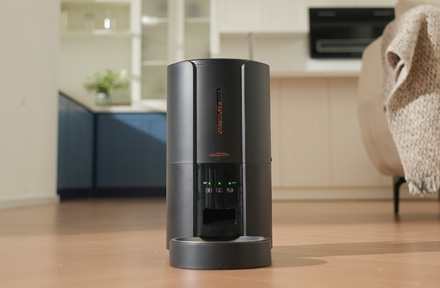
Troubleshooting Common Issues with Automatic Pet Feeders: Tips & Tricks for Pet Owners
Oct 26, 2023
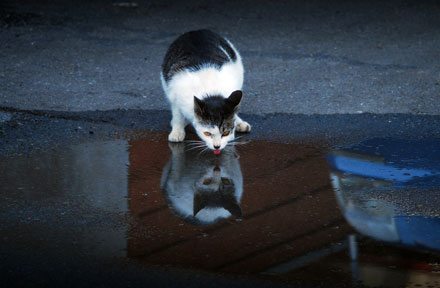
Why Does My Cat Cough After Drinking Water? 8 Potential Reasons
Mar 13, 2023
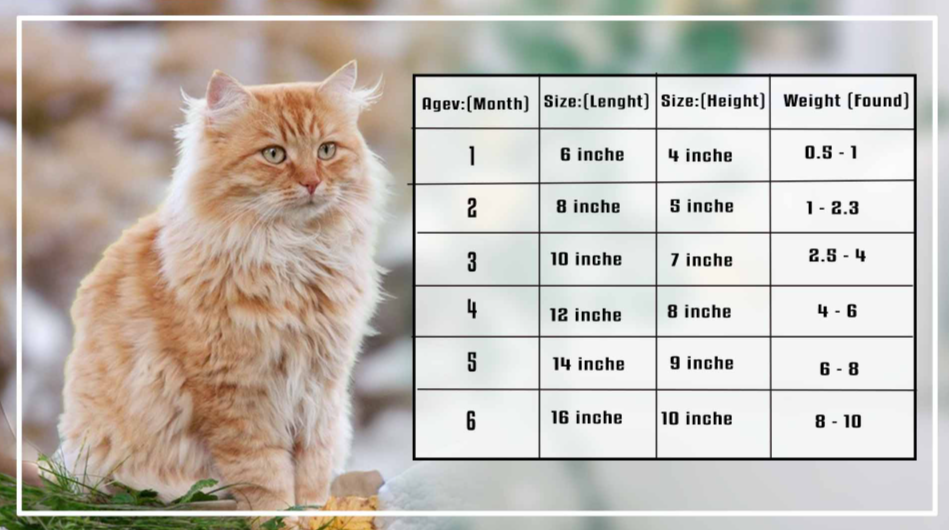
What is a standard Cat Weight chart by age Kg?
Mar 19, 2025
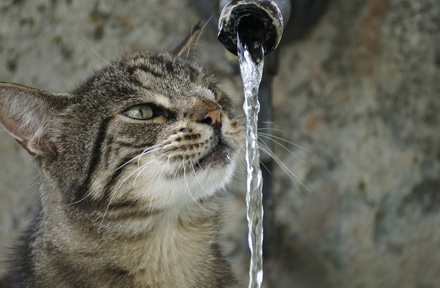
Why is My Cat Throwing up Water? Top 5 Causes Here
Feb 08, 2023
$99.99
$129.99
Copyright © 2025 WOPET. All Rights Reserved.